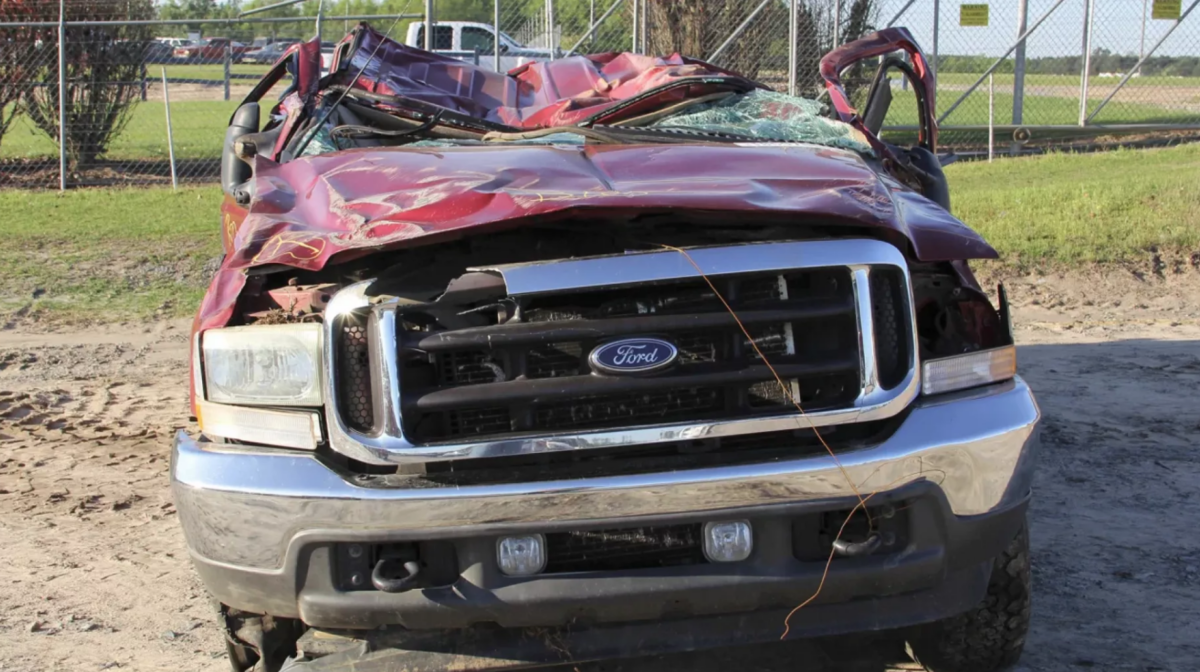
A recent class action suit alleges that Ford knowingly manufactured about 5 million pickups with a “roof-crush defect” that has caused the deaths of at least 38 people.
Similar incidents have already prompted 162 lawsuits from 83 roof-crush incidents.
Claims made in the lawsuit
The suit, filed in September 2022 and pending before the Eastern District of Michigan, claims that Ford has not taken steps to prevent deaths or serious injuries from roof collapses, instead using inferior roof products to save the company money.
The suit alleges that Ford breached its warranties by failing to repair and replace defective parts according to various state laws.
Even more disturbing, the suit alleges there is evidence to demonstrate that Ford’s own investigation of roof-crush accidents revealed the danger of their decision to continue using inferior products.
But the company kept making and selling the dangerous vehicles, all while settling lawsuits with secrecy clauses that hid the dangers from the public.
Why now?
The recent class action suit follows on the heels of a “mega-jury verdict” awarded to the family of Melvin and Voncile Hill, an elderly Georgia couple who were killed when the roof of their Ford Super-Duty pickup collapsed after the truck blew a tire and flipped over.
The suit resulted in a $1.7 billion jury award for the couple’s two children in 2022, but to the plaintiffs involved in these horrific incidents, money is not enough. Plaintiffs want Ford to take responsibility for their actions and work to correct them.
| “When a vehicle manufacturer has the ability to eliminate a grave safety risk on a vehicle model line but chooses not to do so in order to save manufacturing costs, and then fails to warn purchasers of these vehicles of this known and deadly risk, such manufacturer engages in a deadly fraud for which it should be held accountable.”
– Beck v. Ford Motor Company, 2:22-cv-12079 |
This isn’t the first time Ford has come under fire for weak roofs
The class action suit filed in September 2022 relies on the ruling in Ott v. Ford Motor Company (2005) to support its case.
Among its main allegations, Ott claimed that:
- Ford significantly reduced the thickness of the metal it used when developing its pickup
- Ford continued to thin its metal after the first model of the F-150 was put on sale in 1998
- These changes “compromised roof strength” according to third-party tests conducted in 2003
- Ford had designed a stronger roof in 2004 but did not install it until 2017
Ford has been sued at least 58 other times for cases involving roof-crash defects over a 17-year period while insisting that its vehicles are safe.
The Wall Street Journal said that Ford settled 43 of the 58 lawsuits, “but the details are unknown or confidential.” Ford reportedly won just four of the suits.
Dangers of weak roofs
A truck rollover severely limits or eliminates the “survival space” for occupants, making their heads and backs collide with the roof. When a truck roof collapses, it can also cause windows and windshields to break, increasing the risk of ejection.
Langdon & Emison continue to follow this latest class action suit. We condone the plaintiffs and counsel for working to hold a knowingly negligent company accountable.
If you or a loved one were injured in a truck rollover crash, please call our skilled attorneys at (866) 931-2115.

